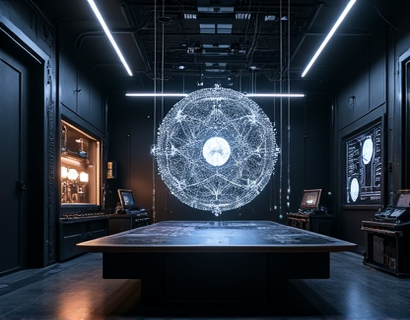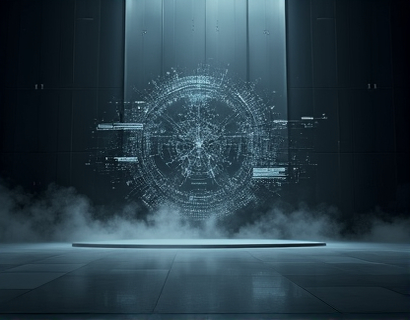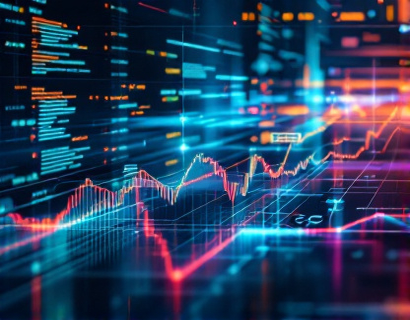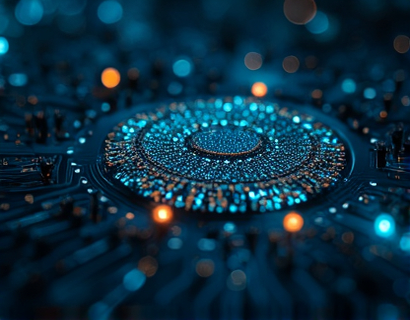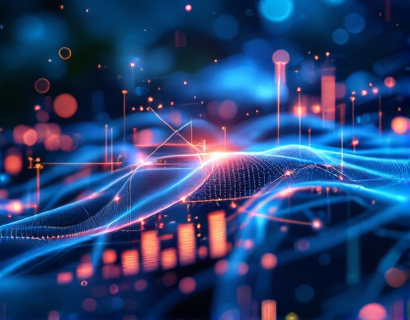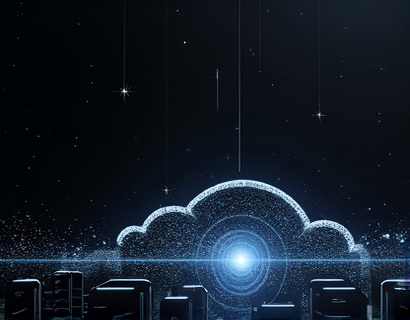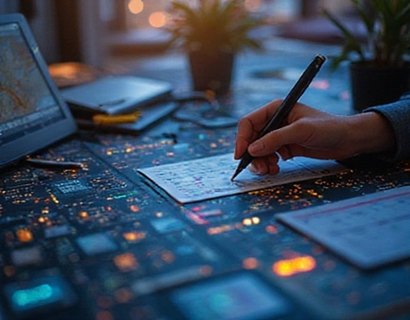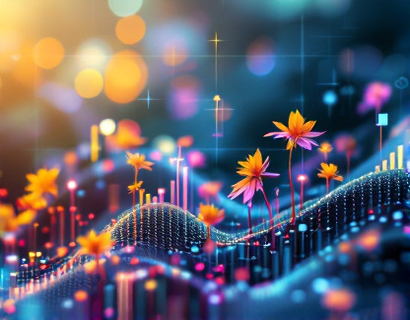Crypto and AI Innovations: Unlocking the Next Generation of Digital Productivity Tools
The intersection of cryptocurrency and artificial intelligence (AI) is giving birth to a new era of digital productivity tools. This fusion is not just a technological curiosity but a transformative force that promises to revolutionize how we work, interact, and manage our daily tasks. For tech enthusiasts and early adopters, this convergence represents an exciting frontier, offering tools that are not only more efficient but also more secure and decentralized.
Understanding the Synergy Between Crypto and AI
The synergy between cryptocurrency and AI is rooted in their shared foundation of decentralization and data-driven decision-making. Cryptocurrencies, by design, operate on decentralized networks, eliminating the need for intermediaries and enhancing transparency. AI, on the other hand, excels at processing and analyzing vast amounts of data to provide insights and automate tasks. When combined, these technologies can create systems that are not only more efficient but also more resilient and user-friendly.
One of the key benefits of this synergy is the enhancement of security. Cryptocurrencies use blockchain technology, which provides a tamper-proof ledger for transactions. When AI is integrated into this ecosystem, it can monitor and analyze patterns to detect and prevent fraudulent activities in real-time. This dual-layer security ensures that digital productivity tools are not only powerful but also safe to use.
Advanced Tools for Enhanced Productivity
The marketplace for crypto and AI-powered tools is rapidly expanding, offering a wide range of applications designed to boost productivity and simplify daily routines. These tools leverage the strengths of both technologies to provide solutions that were previously unimaginable.
One such tool is a decentralized task management application. Traditional task management tools rely on centralized servers, which can be vulnerable to data breaches and downtime. A crypto and AI-powered task manager, however, uses blockchain to store task data securely and AI to optimize task allocation and prioritization. Users can delegate tasks to AI-driven virtual assistants that learn from user behavior to predict and automate routine tasks, freeing up time for more critical work.
Another innovative tool is a smart contract-based project management platform. Smart contracts automate the execution of agreements based on predefined conditions, reducing the need for manual oversight and ensuring that project milestones are met on time. AI can enhance this platform by analyzing project data to identify potential bottlenecks and suggest optimizations. This combination of smart contracts and AI ensures that projects run smoothly and efficiently, with minimal human intervention.
Streamlining Daily Routines with AI-Driven Personal Assistants
AI-driven personal assistants are becoming increasingly sophisticated, thanks to the integration of blockchain and machine learning. These assistants can manage a wide range of tasks, from scheduling appointments and sending reminders to handling complex financial transactions. The use of blockchain ensures that all interactions are secure and transparent, while AI provides the intelligence to understand and execute user commands accurately.
For instance, an AI personal assistant can integrate with various crypto wallets to manage cryptocurrency transactions seamlessly. It can automatically convert currencies, monitor market trends, and execute trades based on user-defined strategies. This level of automation not only saves time but also reduces the risk of human error, making it an invaluable tool for crypto enthusiasts and investors.
Decentralized Marketplaces for Collaborative Innovation
The rise of decentralized marketplaces is another exciting development at the intersection of crypto and AI. These platforms allow developers and users to create, share, and monetize digital assets and services without the need for central authorities. AI plays a crucial role in these marketplaces by matching supply and demand, optimizing resource allocation, and ensuring fair transactions.
One example is a decentralized content creation platform where AI algorithms curate and promote high-quality content based on user engagement and preferences. Creators can earn tokens for their work, and the platform ensures that content is authentic and free from plagiarism. This ecosystem fosters innovation and collaboration, allowing users to leverage the collective intelligence of the community to produce exceptional content.
Enhancing Data Privacy and Ownership
Data privacy and ownership are critical concerns in the digital age, and the combination of crypto and AI offers robust solutions. Blockchain technology provides a decentralized and immutable record of data ownership, ensuring that users have control over their personal information. AI can further enhance this by implementing advanced encryption methods and zero-knowledge proofs, allowing users to verify data integrity without revealing sensitive information.
A decentralized identity management system is a prime example of this synergy. Users can create and manage their digital identities on a blockchain, granting selective access to services and applications. AI can help manage and secure these identities, ensuring that user data is protected from unauthorized access and misuse. This approach not only empowers users but also builds trust in digital interactions.
Challenges and Considerations
While the potential of crypto and AI innovations is vast, there are several challenges and considerations that must be addressed. One of the primary challenges is the regulatory landscape. As these technologies evolve, governments and regulatory bodies are still grappling with how to oversee and govern decentralized systems. Early adopters and developers must stay informed about regulatory changes and ensure compliance to avoid legal issues.
Another consideration is the technical complexity. Integrating blockchain and AI requires a high level of technical expertise, which can be a barrier for some users and developers. However, as the ecosystem matures, more user-friendly tools and platforms will emerge, making these technologies accessible to a broader audience.
The Future of Digital Productivity
The future of digital productivity tools is bright, with crypto and AI innovations leading the way. These technologies are not just enhancing existing tools but creating entirely new categories of applications that were previously impossible. As more developers and businesses recognize the potential of this synergy, we can expect a surge in creative and practical solutions that transform the way we work and live.
For tech enthusiasts and early adopters, this is an exciting time to be part of the digital revolution. By embracing crypto and AI innovations, you can stay ahead of the curve and leverage these powerful tools to achieve greater productivity and efficiency. The next generation of digital productivity tools is here, and it is shaped by the combined forces of cryptocurrency and artificial intelligence.






